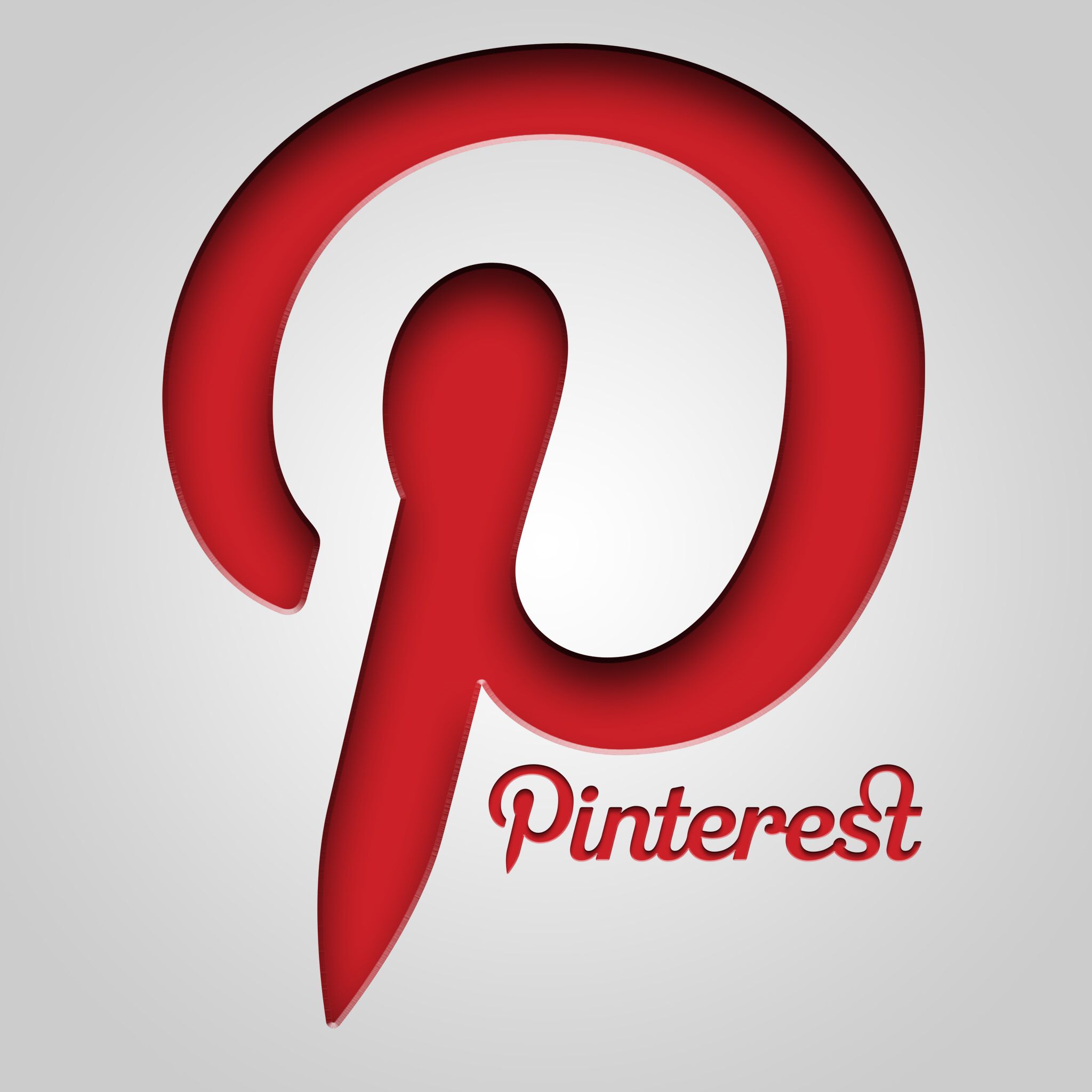Social media platforms typically connect users through sharing content, messaging, and interaction. Facebook, Instagram, Twitter, and TikTok are prime examples, focused on communication and networking. But where does Pinterest fit in this landscape? The question of whether Pinterest is a social media platform sparks debate because its core features blend inspiration, discovery, and curation. This mix challenges traditional definitions of Pinterest social media.
2. How Pinterest Differs from Traditional Social Networks
Unlike Facebook or Instagram, Pinterest does not emphasize direct social interaction or personal updates. Instead, it centers on discovering and saving ideas through “pins” and boards. Users may follow others, but the interaction is often limited to repinning and commenting, rather than conversations. This distinction raises questions about Pinterest’s place amont social media platforms, which usually prioritize engagement over curation.
3. Visual Discovery at Pinterest’s Core
Pinterest’s strength lies in visual search and inspiration. Users browse millions of images categorized by themes like recipes, fashion, home décor, and more. This makes Pinterest a tool for planning and creativity, more than a social space for personal sharing. The unique blend of content organization and discovery sets Pinterest social media apart from more interaction-heavy platforms.
4. Community and Interaction on Pinterest
Although Pinterest doesn’t highlight direct messaging or social chatter, communities do exist through shared interests and group boards. Users can collaborate on themed boards and engage with niche communities, fostering indirect social connections. These features reflect elements of Pinterest social media, where the social aspect is subtle but meaningful in driving content sharing.
5. The Role of Influencers and Brands
Influencers and brands have found a unique home on Pinterest, using the platform to showcase products and inspire audiences. Unlike traditional social media, where personal branding thrives through storytelling, Pinterest focuses on aspirational content that drives discovery and commerce. This commercial angle adds another layer to understanding Pinterest social media as a hybrid between inspiration and marketing.
6. Algorithms and Personalized Feeds
Pinterest uses sophisticated algorithms to tailor content to individual users, based on their pins, searches, and boards. This personalized feed encourages ongoing exploration and repeat visits. The algorithm-driven nature aligns Pinterest with other social media platforms, where content is curated to maximize user engagement and satisfaction.
7. The Absence of Real-Time Interaction
One hallmark of social media is real-time interaction—live chats, stories, or immediate reactions. Pinterest operates differently, emphasizing discovery at the user’s pace without urgency. This asynchronous nature makes it a slower, more contemplative experience compared to other Pinterest social media giants focused on immediacy.
8. Cross-Platform Integration and Sharing
Pinterest connects with other social networks by allowing users to share pins on Facebook, Twitter, or Instagram. This integration shows Pinterest’s role as a complementary tool within the broader social media ecosystem. It enhances its status as part of Pinterest social media by facilitating content flow across platforms and expanding user reach.
9. Measuring Engagement on Pinterest
Engagement on Pinterest isn’t about likes or comments alone but also about saves, clicks, and conversions. Marketers track these metrics to gauge success, making Pinterest a powerful tool for visual-driven campaigns. This data-driven aspect is essential to understanding Pinterest’s social media’s unique value in connecting brands with consumers.
10. The Future of Pinterest as a Social Platform
As Pinterest continues evolving, it adds new features like video pins and shopping integrations, blending social, visual, and commercial elements. This evolution suggests that Pinterest is carving out a distinct identity—part social network, part search engine, part marketplace. Its future may redefine what we consider Pinterest social media, broadening the category beyond traditional norms.
Conclusion
Pinterest defies simple categorization. While it shares traits with social media platforms, its emphasis on discovery, curation, and commerce sets it apart. The keyword Pinterest social media encapsulates this unique blend, highlighting Pinterest’s role as a hybrid platform. Whether it’s truly “social” depends on how we define social media in an ever-changing digital world, but its influence and utility remain undeniable.









